 Afrikaans
Afrikaans  Albanian
Albanian  Amharic
Amharic  Arabic
Arabic  Armenian
Armenian  Azerbaijani
Azerbaijani  Basque
Basque  Belarusian
Belarusian  Bengali
Bengali  Bosnian
Bosnian  Bulgarian
Bulgarian  Catalan
Catalan  Cebuano
Cebuano  Corsican
Corsican  Croatian
Croatian  Czech
Czech  Danish
Danish  Dutch
Dutch  English
English  Esperanto
Esperanto  Estonian
Estonian  Finnish
Finnish  French
French  Frisian
Frisian  Galician
Galician  Georgian
Georgian  German
German  Greek
Greek  Gujarati
Gujarati  Haitian Creole
Haitian Creole  hausa
hausa  hawaiian
hawaiian  Hebrew
Hebrew  Hindi
Hindi  Miao
Miao  Hungarian
Hungarian  Icelandic
Icelandic  igbo
igbo  Indonesian
Indonesian  irish
irish  Italian
Italian  Japanese
Japanese  Javanese
Javanese  Kannada
Kannada  kazakh
kazakh  Khmer
Khmer  Rwandese
Rwandese  Korean
Korean  Kurdish
Kurdish  Kyrgyz
Kyrgyz  Lao
Lao  Latin
Latin  Latvian
Latvian  Lithuanian
Lithuanian  Luxembourgish
Luxembourgish  Macedonian
Macedonian  Malgashi
Malgashi  Malay
Malay  Malayalam
Malayalam  Maltese
Maltese  Maori
Maori  Marathi
Marathi  Mongolian
Mongolian  Myanmar
Myanmar  Nepali
Nepali  Norwegian
Norwegian  Norwegian
Norwegian  Occitan
Occitan  Pashto
Pashto  Persian
Persian  Polish
Polish  Portuguese
Portuguese  Punjabi
Punjabi  Romanian
Romanian  Russian
Russian  Samoan
Samoan  Scottish Gaelic
Scottish Gaelic  Serbian
Serbian  Sesotho
Sesotho  Shona
Shona  Sindhi
Sindhi  Sinhala
Sinhala  Slovak
Slovak  Slovenian
Slovenian  Somali
Somali  Spanish
Spanish  Sundanese
Sundanese  Swahili
Swahili  Swedish
Swedish  Tagalog
Tagalog  Tajik
Tajik  Tamil
Tamil  Tatar
Tatar  Telugu
Telugu  Thai
Thai  Turkish
Turkish  Turkmen
Turkmen  Ukrainian
Ukrainian  Urdu
Urdu  Uighur
Uighur  Uzbek
Uzbek  Vietnamese
Vietnamese  Welsh
Welsh  Bantu
Bantu  Yiddish
Yiddish  Yoruba
Yoruba  Zulu
Zulu Our Producing Line Equipment
Process control: Our company's main process for producing rollers is divided into 13 steps, each of which uses dedicated equipment and fixtures.
-
BEARING HOUSING FLANGINGThe flanging process of the bearing seat involves stretching the outer edge of the bearing seat backwards to fit with the inner wall of the pipe Contact surface. When installed on the pipe, it can have a larger contact surface and a suitable and uniform interference fit, so that the bearing seat can be firmly installed on the pipe and avoid welding deformation. Through this process, the end face of the bearing seat is further shaped and no longer rebounds. The swing and radial runout of the bearing seat end face and the bearing seat axis can be controlled within 0.1mm. Provide assurance for the next installation process.


-
CUTTING STEEL BAR FOR SHAFTThe shaft cutting is completed using a sawing machine, and the cutting length is adjusted to the basic size ± 0.5mm. Sawing machine cutting can avoid external bending of the shaft during the processing. (The operator fills out the process record form)

-
SHAFT CHAMFERINGThe shaft chamfering process is completed by a dedicated flat drill, and the cutterhead is equipped with a positioning device to control the chamfer size, ensuring consistent chamfer size. And the efficiency is very high. Generally, workers can complete 1500-2000 pieces per shift.
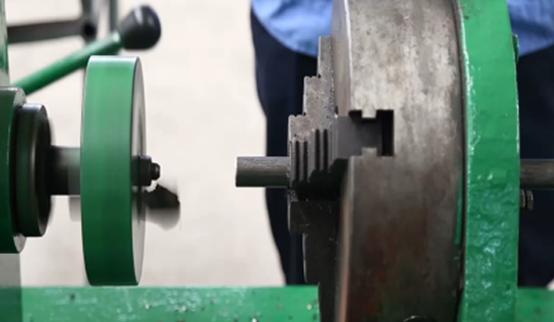
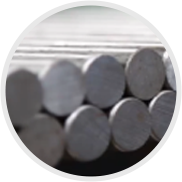
-
GROOVE PROCESSINGInstall slot equipment for processing roller shafts, determine the quantity of each processing based on the length and diameter of the shaft, and after positioning, perform end milling feed processing to ensure accurate groove width and depth for each batch of processing. A single class can complete 800-1200 tasks. (The operator fills out the process record form).
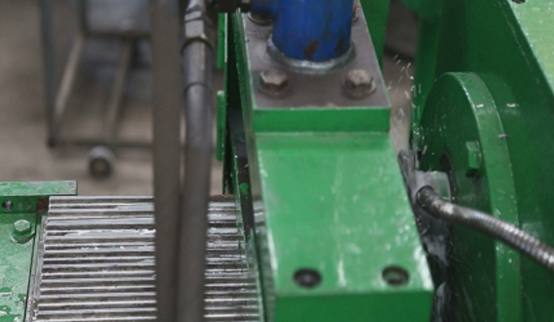

-
CIRCLIP GROOVE PROCESSINGProcessing card spring groove equipment, automatic clamping, double groove automatic cutting. It has the advantage of precise distance between two slots and high efficiency. The class yield ranges from 1000 to 1500 roots. (The operator fills out the work task record form).
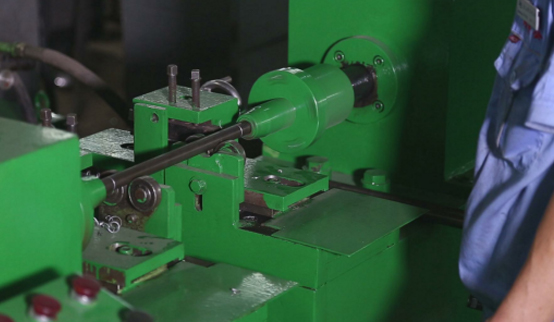
-
STEEL PIPE CUTTINGPipe cutting can automatically complete feeding, clamping, and cutting actions, and the entire pipe cycle is completed. The class output can reach 500-1000 pieces.

-
PLAIN END BEVELLINGThe flat end of the pipe and the inner and outer corners of the car can be controlled within ± 0.1 millimeters in length after processing. This provides good conditions for controlling the axial fitting accuracy of roller assembly in the future. The class production can easily complete 800-1500 pieces.
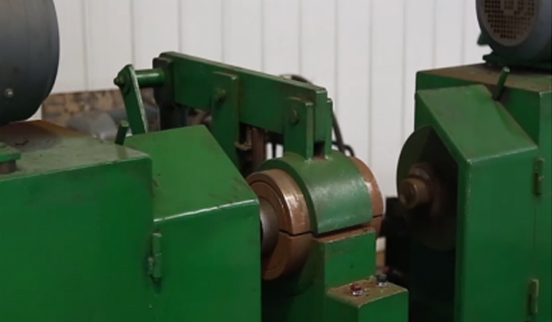

-
STEEL PIPE SAND BLASTINGCompleted in a steel shot sandblasting machine to remove iron oxide and provide a clean surface for electrostatic spraying, enhancing the adhesion of the paint film.
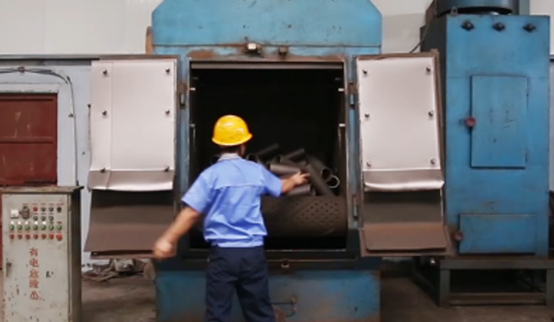
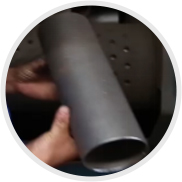
-
BEARING HOUSING CHAMFERINGThe purpose of chamfering the bearing seat is to facilitate installation when the bearing seat is pressed into the pipe.

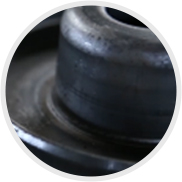
-
BEARING HOUSING PRESSINGThe assembly of the bearing seat and pipe requires the outer diameter of the bearing seat to be greater than the inner diameter of the pipe by 0.05-0.15 millimeters. The tooling has preliminarily centered the bearing seat and pipe, and the bearing seat has a large chamfer, which can be smoothly pressed into the pipe and form an interference fit with the pipe for installation. Because the inner wall of the pipe has not been processed with material removed, there will be no accumulated processing errors. It can also have a correction effect on the original ellipse of the pipe.


-
The control of circular runout after roller assembly is very beneficial. The pressing depth of the bearing seat is controlled by the fixture, which is consistent overall and can control the distance between the two bearing chambers within ± 0.1 millimeters. This provides reliable assurance for the axial movement control of the rollers.
-
BEARING HOUSING WELDING WITH STEEL PIPE BODYThe pipe body with the installed bearing seat is welded here, and the welding starts with an arc during the rotation of the workpiece, and the arc is extinguished at any angle (360 °+). Welding both ends simultaneously, because there is a circular arc when flipping the bearing seat, a standardized groove is formed at the welding point after installation, making the welding firm, the weld beautiful, and the deformation small. (The operator fills out the special process monitoring record form)
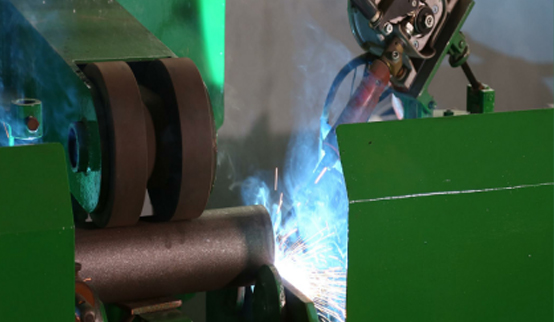
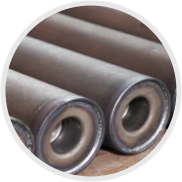
-
ASSEMBLYAssembling the rollers is completed in the press machine, divided into two parts: assembling the bearings and assembling the seals. First, install and test the bearings. If there are no problems, then install the seals. The illustrated seal is a patented product of the company. The snap ring used for axial control is very close to the bearing, and there is no deformation space in the seal. The axial control effect is very good. The roller is divided into a labyrinth and a contact two-stage seal, with the contact seal and the shaft in direct contact, resulting in relatively minimal resistance.


-
TESTING AND CLEANINGClean the surface of the assembled roller and check for surface defects and flexibility in roller rotation. The identification without defects is stored in the warehouse. (The quality inspector fills out the finished product warehousing details table)





